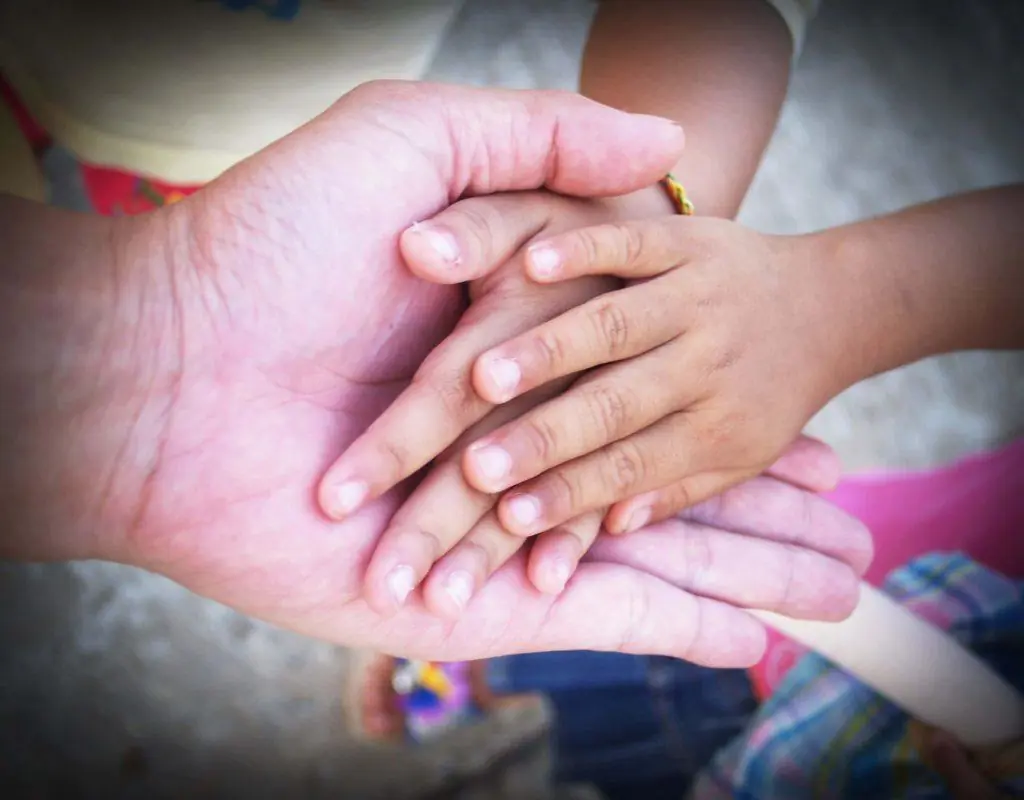Finger Amputation in Children
Finger amputations in children are different from finger amputations in adults. Children often get their fingers amputated by being slammed indoors or getting their fingers caught in the hinge side of the door. In adult cases, the finger is not generally reattached if it is only detached. In kids, every attempt is made to reattach a single amputated finger.
When a finger has been amputated, you need to elevate the injury, applying ice to reduce the swelling and bleeding. Cover the wound with a dry dressing that is sterile if possible. Use a splint to immobilize the entire hand, including the wrist. If the finger is cut off completely, wrap it In a moist sterile gauze and place it in a watertight bag, putting the bag on ice. Don’t put the bag directly on ice, as this can damage the amputated finger. Go to the emergency room right away.
Treating Younger Children
Kids up to age 6 deserve to have even the tip of the finger reattached, and the procedure is generally successful. Even if the fingertip has been reattached, it usually grows typically, even if the bone was exposed. This is especially true if the child is younger than 2. The finger may lose feeling at first, but it can eventually have a normal feeling and fingertip function. The risks of surgery include infection of the wounded area, poor healing of the amputated finger, loss of sensation or motion, and problems with the anesthesia.
Treatment for Finger Amputations
There are different ways of treating amputations of the tip of the finger. The surgeon can do a composite graft or conservative treatment, which means healing by secondary intent. In one study from 1986 to 1987 involving thirteen cases of fingertip amputations in kids from age one to 8 years old, twelve cases involved a composite graft being used to reattach the fingertip, while one was treated through secondary intent. Twelve of the kids were followed for up to 3-4 years. In three situations, the primary healing of the tip could be observed. In eight cases, partial necrosis occurred, and superficial mummification of the fingertip happened before complete healing occurred. Seven cases had an average anatomical tip, but four had a bit of asymmetry.
Other Case Studies
The growth of the finger was identical to the uninjured side except in two cases, where there was a 2 mm loss of length when compared to the other side. The fingernails were normal at follow-up, even though nail bed injuries initially occurred in at least 90 percent of cases. The sensation had returned to normal at follow-up visits, and parents considered the end result to be excellent in 75 percent of cases and good in 25 percent.
Another study looked at 21 cases of finger reimplantation in kids from 14 months to 10 years of age who had 32 digits traumatically amputated. The amputation levels ranged from proximal to distal. Of all 32 digits, only one finger failed to survive. This led to a survival rate of 96.6 percent; the longest time of ischemia was 28 hours.
Photo by icon0.com from Pexels

